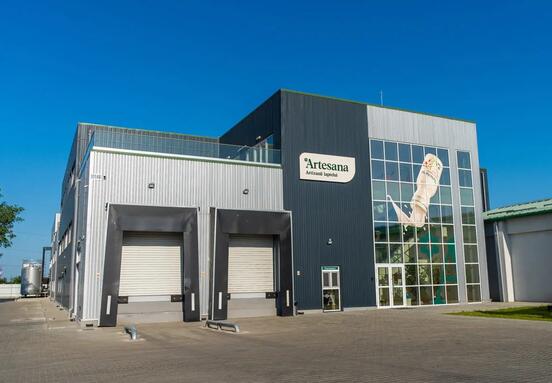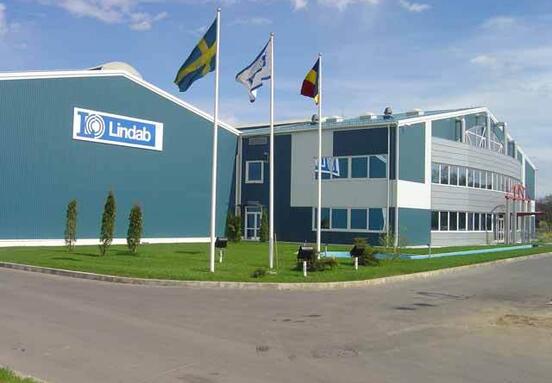The largest transaction recorded in 2013 was the renewal & renegotiation contract of Carrefour in Bucharest (45,000 sq m), followed by leases made by logistics companies in Bucharest and for electronics production in Timisoara. Another major lease (signed for a production unit) was signed by Lear Corporation in Solo Industrial Park – Iasi.
An important trend in 2013 was the growing demand for production spaces, especially for the automotive industry. According to CBRE, there is a stock of 2.1 million sqm of production units for the automotive industry (including both green and brownfield developments, which are not located in industrial parks). “This growth in demand within the production sector translates within the factors contributing to the GDP growth: rise in net exports, industrial production and by rise in consumer spending,” said CBRE representatives.
The focus on production will be maintained this year also, according to the real estate services firm. “For 2014 we predict that new developments will be limited to build-to-suit facilities, designed for production. This is also a reflection of the fact that the banks are still reluctant to lend to developers on a speculative basis and they expect high levels of pre-leases. Considering an increase in internal consumer demand and the rise of online retailers, we might see development happening in logistics, not just production,” said Marian Orzu, head of the industrial department within CBRE Romania.
CBRE forecasts that in 2014 demand will reach the same level as in 2013 and there may even be a “slight increase”, judging from the “better than expected macro-economic results”. “While early in the year forecasts were for a 1.6 percent GDP growth, end of the year sees a robust performance which should result in a growth of 2.6 percent. Similarly, expectations for next two years are solid, with positive growth of 1.9 percent and 2.5 percent in 2014 and 2015, respectively,” said CBRE representatives.
Overall vacancy levels remain stable, however there are considerable variations between regions. Bucharest, which has the largest stock of industrial space, reported a 12 percent vacancy rate (over 134,000 sqm) while in the rest of the country this varied between 10 and 14 percent (over 170,000 sqm).
Headline rents in projects located in Bucharest range between EUR 3.8 – 4.00 sq m/ mth. “In general class A properties tend to have a lower vacancy rate and thus less pressure to decrease headline and net effective rents. Class B properties, especially outside Bucharest were confronted with less demand and non-stable occupier demand, which is reflected in lower headline rents,” according to CBRE. (source: business-review.eu)






